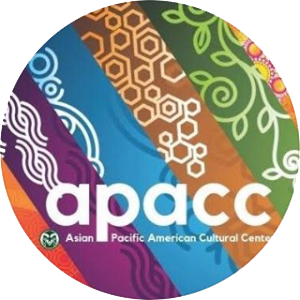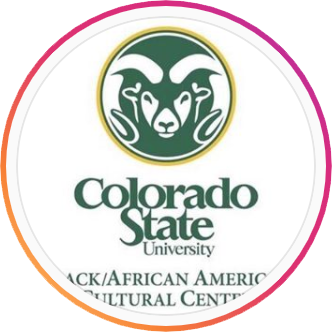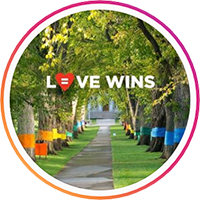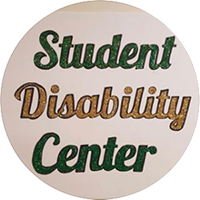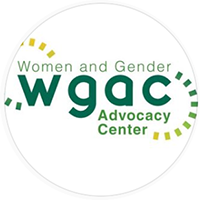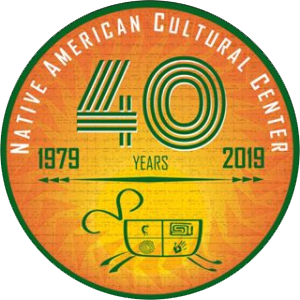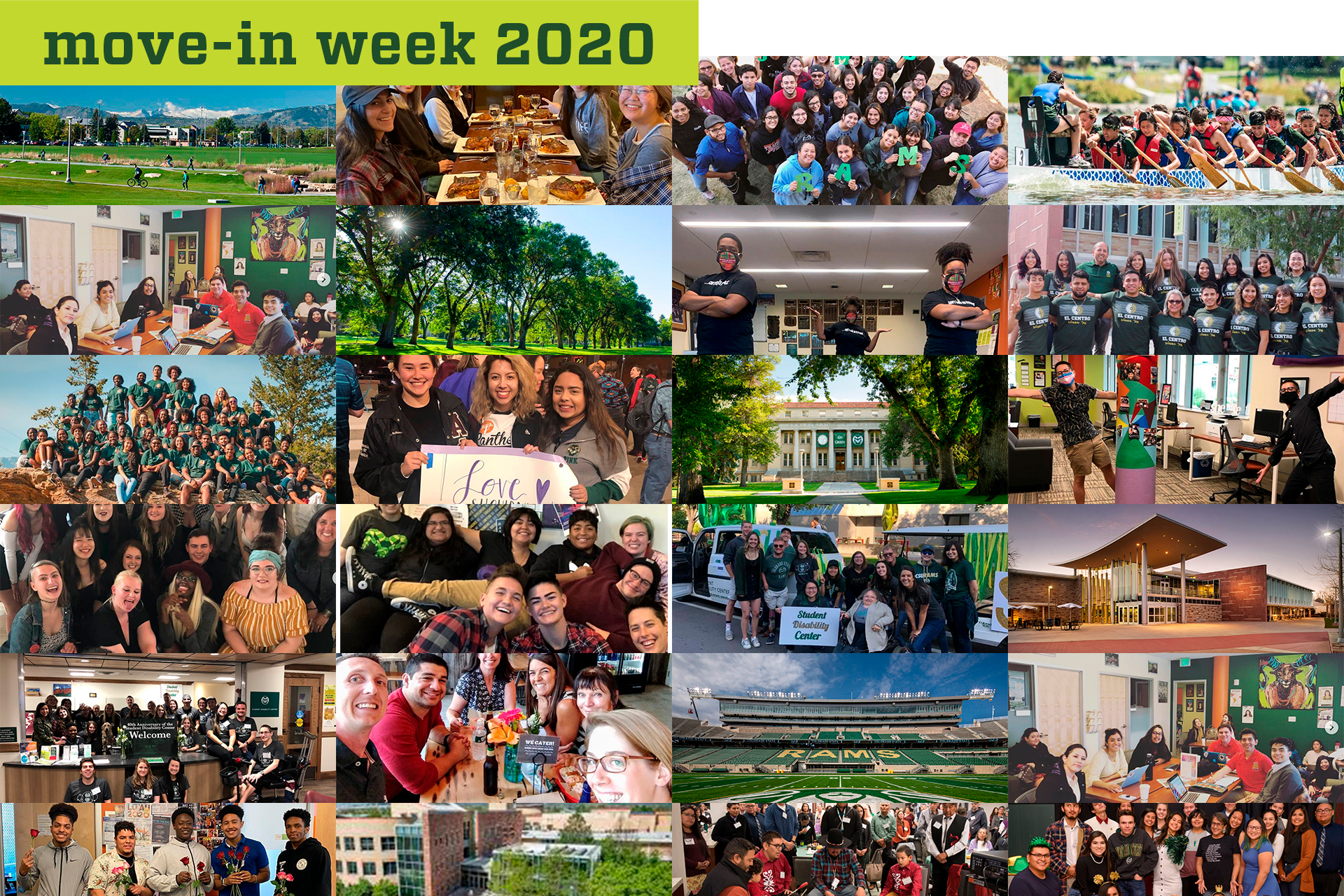
A divided nation. Civil unrest. Protests in the streets. Demands for equality. In many ways, the United States of 2020 mirrors the United States of 1970.
It was against this backdrop and driven by student protest and demands that the first Student Diversity Programs and Services cultural and resource centers at Colorado State University were born. The first iteration of the Women and Gender Advocacy Center was launched in 1970, followed by the Black/African American Cultural Center and El Centro in 1976. They were part of the first wave of cultural centers to open at American universities.
The Native American Cultural Center and Student Disability Center followed in 1979.
When I arrived at CSU as a graduate student in 1982, there was a strong sense of the university opening its doors to marginalized students, but there were so few of us on campus I often only saw other Black students, faculty, and staff at the B/AACC office (called Black Student Services at the time). It became a place that offered me a deep sense of belonging, strong community, and space where I felt supported.
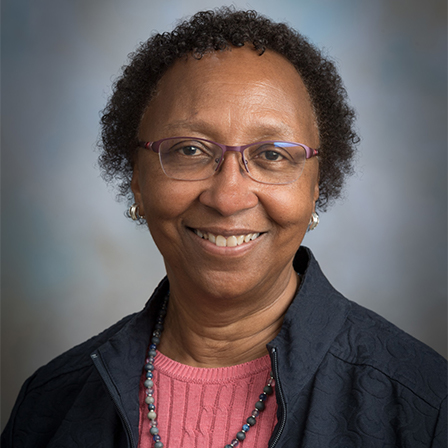
Blanche Hughes, Ph.D., is the Vice President for Student Affairs at Colorado State University.
During this era, in the 1980s and ’90s, many campuses were closing their cultural centers, congratulating themselves on having successfully met enrollment goals for students with marginalized identities. I had stayed at CSU after graduate school and went on to become the director of B/AACC. Every time we assessed the services in the cultural centers to determine future plans we heard a resounding need to keep them.
Better education for everyone
While enrollment for marginalized communities had continued to increase, the centers continued to engage, value, and incorporate the diversity marginalized students were bringing to campus. The speakers, programs, and advocacy of the offices also created a better education for everyone on campus, giving all students a chance to attend lectures, trainings, performances, films, and participate in events like The MLK Day March and Take Back the Night.
Over the years, more cultural and resource centers were added and expanded offering new services, programs, scholarships, and staff. The Asian Pacific American Cultural Center was founded in 1984 and Pride Resource Center in 1998.
Today, there are seven centers with over 30 professional staff members, and over 100 student staff and peer mentors. Over the years, the names and locations of the centers have changed and evolved with the times, but the mission of providing a welcoming space and sharing the diversity and experiences marginalized students bring to the university community has remained the same.
Much like the 1970s when the first cultural offices opened, this fall is an incredibly challenging time for our students and our nation as we wrestle with racism, a bleak economy, and a divisive upcoming election. Against this backdrop, we also face the reality of COVID-19 and its devastating effects, particularly on communities of color. More than ever, students need the cultural and resource centers, and we will be there not only to offer support but do more to continue to meet student needs and demands.
As Kathy Sisneros, assistant vice president for Student Affairs who oversees the SDPS centers, said recently, “This institution has always responded to student demands. We wouldn’t have the cultural and resource centers if we didn’t. And we need to continue.”
Student Diversity Programs and Services timeline
The years below represent the founding of the seven Student Diversity Programs and Services at CSU.
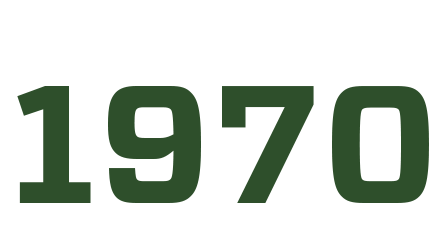
Women and Gender Advocacy Center
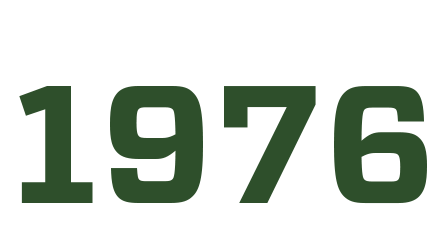
Black/African American Cultural Center and El Centro
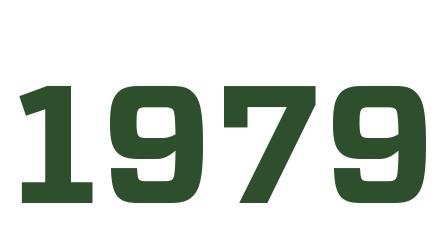
Native American Cultural Center and Student Disability Center

Asian Pacific American Cultural Center
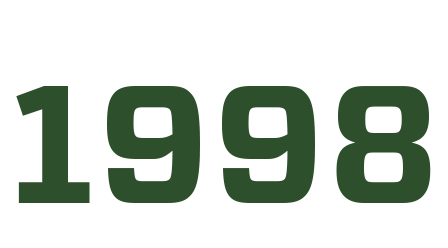
Pride Resource Center
Hybrid model for fall semester
The SDPS centers will be offering a hybrid model this fall with limited open office hours, in-person support where needed, and virtual engagement.
The Student Disability Center will continue to work with students on accommodations as needed and will provide in-person note-taking and translation services.
WGAC will have advocates on call 24/7 who can report to campus as needed. Support groups for students will be held virtually, and you can check out their podcasts like “Do You Even Lift, Bro” and “We Believe You” on KCSU.
B/AACC will still be offering the Can’t Hold us B/AACC Open House in-person, with registration required to ensure physical distancing guidelines are followed. Virtual events will include B/AACC @ It Ice Cream Social, weekly REAL TALK, and Rites of Passage REMIX Virtual Retreat.
Pride Resource Center and El Centro have partnered this fall to offer services grounded in radical self and community care. They will be offering in-person one-on-one advising, resource support, crisis support, and limited printing capabilities. El Centro virtual programs include La Conexion Peer Mentor Group; Hot Chips, Hot Topics; and resume and interview workshops.
The Pride Resource Center also will be offering two virtual sessions of Queer-ientation as part of Ram Welcome as well as Queer Connections, PRIDE Live!, and Safe Zone Training as virtual programs throughout the semester.
The Native American Cultural Center tutoring will continue to be provided virtually as will the Native American women’s circle. In-person services like computer use and printing will be offered this fall in the newly reorganized space to follow physical distancing guidelines.
The Asian Pacific American Cultural Center weekly story circle and Chai to Understand discussion series on current events will be held virtually, and like the other cultural centers, they will continue their peer mentor program.
As Bridgette Johnson, director of B/AACC, said, “We look forward to engaging with new and returning students in this new normal, and reminding them that #wegotyourbaacc.”
I know this year will be challenging as students can’t hang out in the SDPS centers like they have in the past, but I know how resilient our students are, and how very committed our SDPS staff are to supporting and cultivating a sense of belonging for our students.
I know that collectively we will still find ways for students to connect, feel supported, and push us as an institution to get better and keep working on our goal to make every student at CSU know that this is your campus and all of our students deserve to feel comfortable wherever they go. We’re not there yet, so we have to keep moving forward.
Stay connected
For updates on SDPS offices this fall, follow their Instagram channels or visit keepengaging.colostate.edu.
